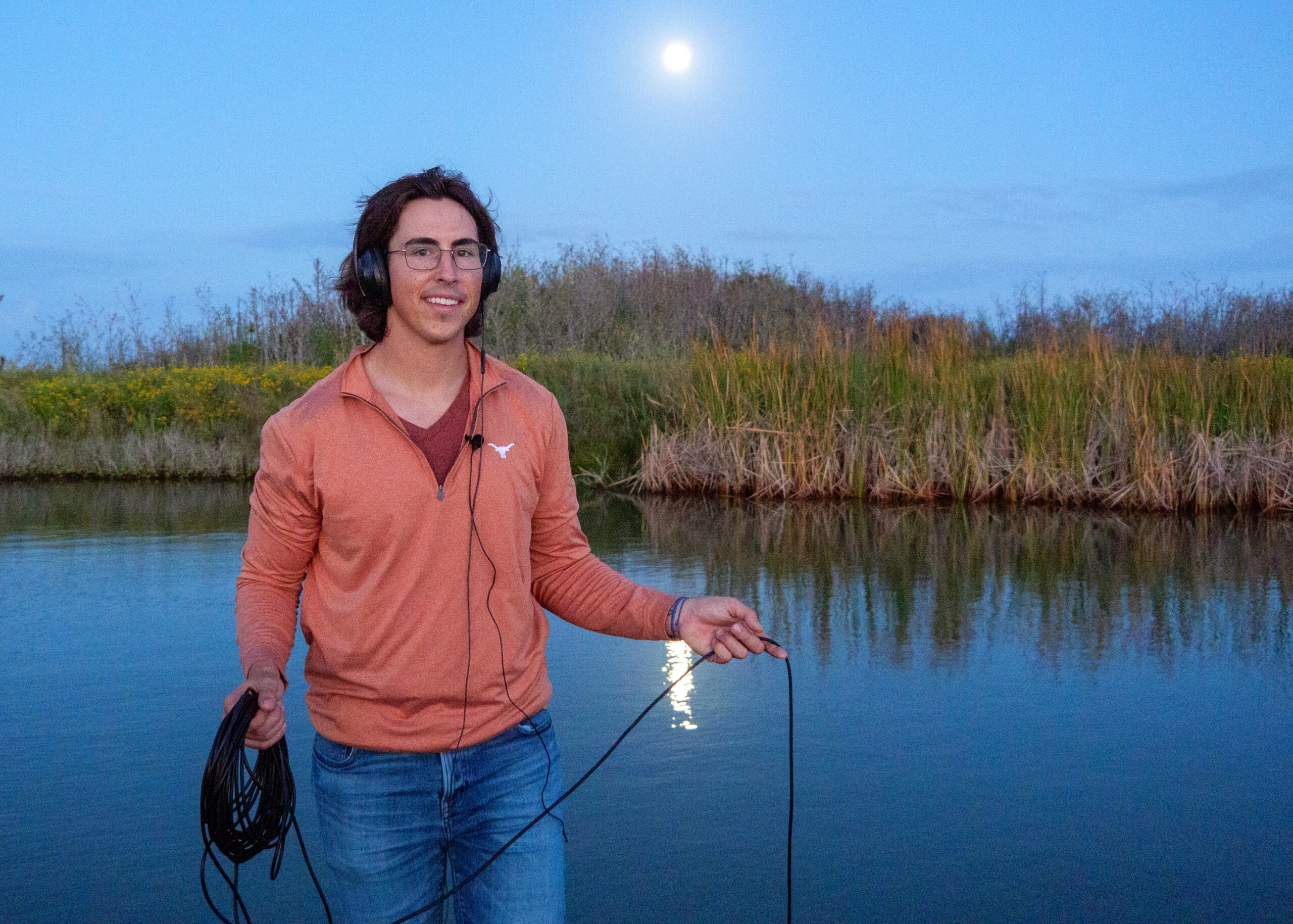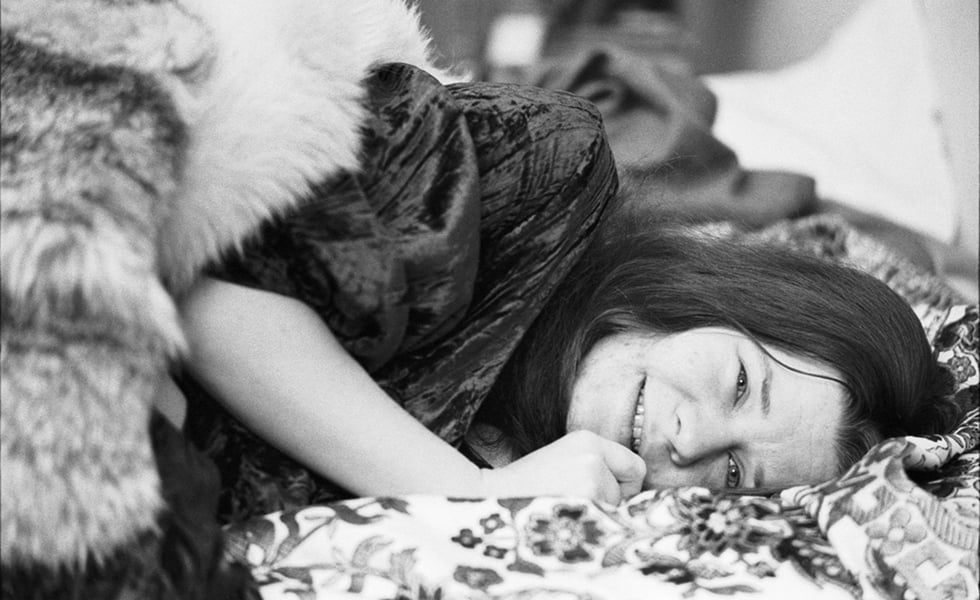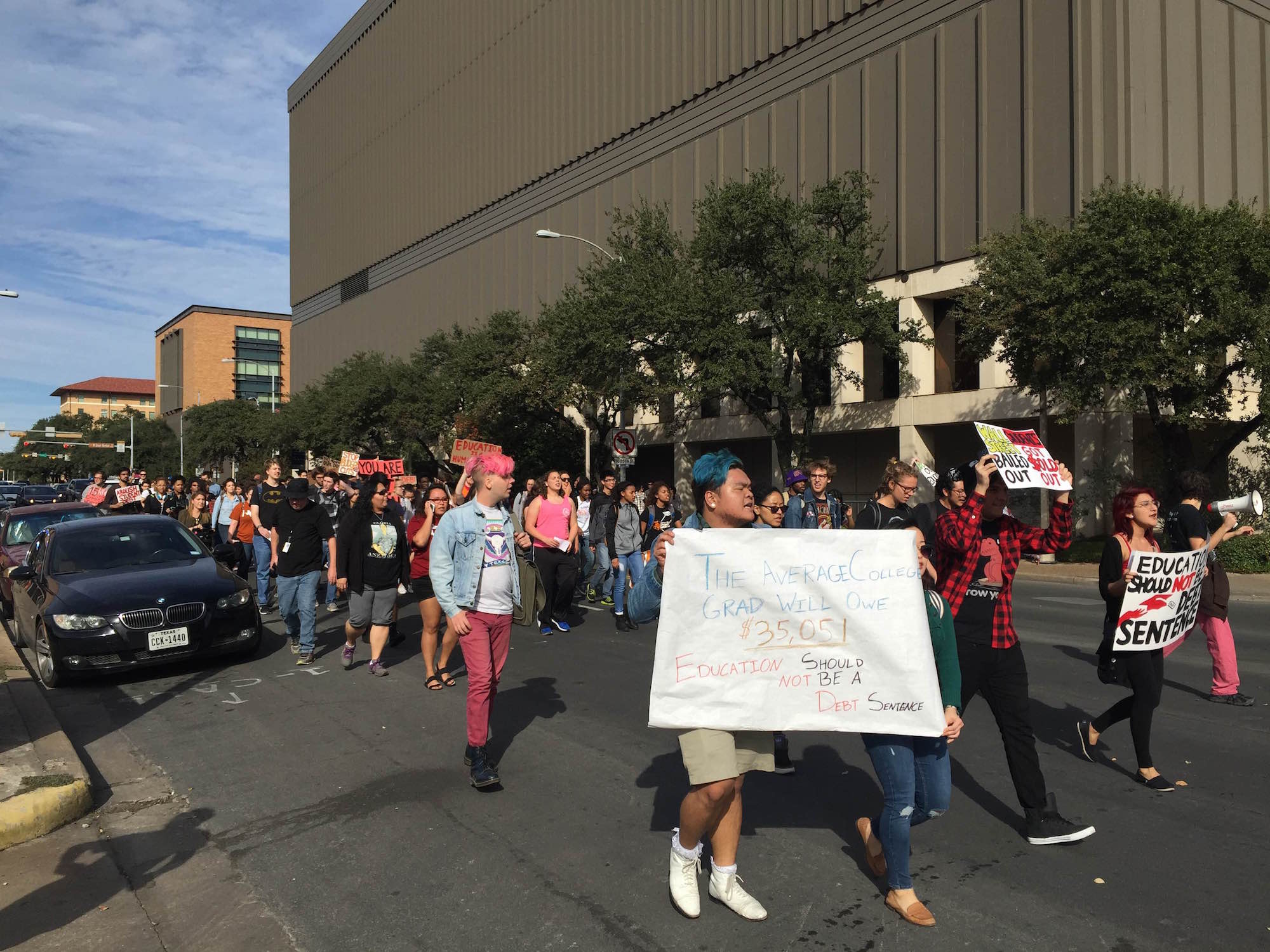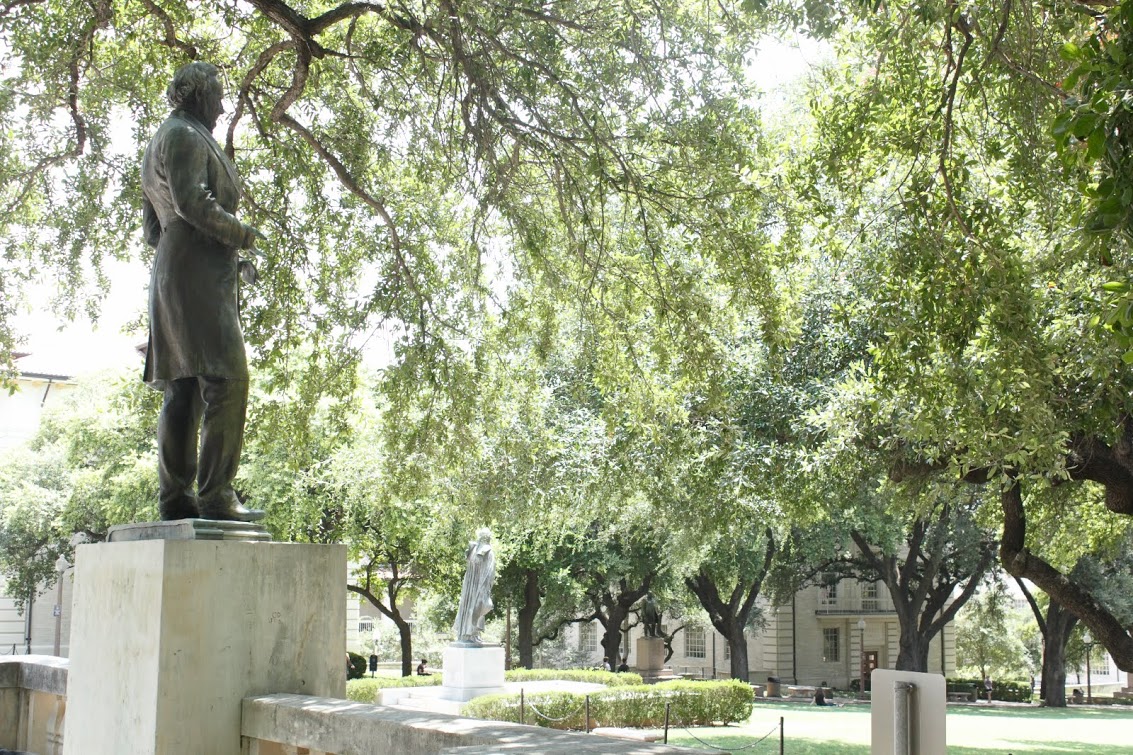
After Decades of Debate, UT-Austin Finally to Move Confederate Statue
Above: A statue of Jefferson Davis, president of the Confederacy, standing at the top of UT-Austin’s South Mall is at the center of a renewed controversy about Confederate icons on the campus.
After decades of controversy surrounding four bronze statues of Confederate leaders at the University of Texas at Austin, President Gregory Fenves has decided to move the most controversial of them — the statue of Jefferson Davis, president of the Confederacy.
The Davis statue will be relocated to the Dolph Briscoe Center for American History on campus, the university announced Thursday.
The statues of Robert E. Lee, Albert Sidney Johnston and John H. Reagan as well as former Texas governor James Hogg, who did not have direct ties to the Confederacy, will remain. So will an inscription adjacent to the Littlefield Fountain dedicating the memorial “to the men and women of the Confederacy.” Fenves said he’s considering an explanatory plaque for the statues and inscription.
“Davis had few ties to Texas; he played a unique role in the history of the American South that is best explained and understood through an educational exhibit,” Fenves said in an email to the UT-Austin community. Explaining why the other statues would remain, Fenves wrote that Hogg, Johnston and Reagan “had deep ties to Texas” and “Robert E. Lee’s complicated legacy to Texas and the nation should not be reduced to his role in the Civil War.”
The figure of Woodrow Wilson will be relocated to “preserve the symmetry of the Main Mall,” Fenves said.
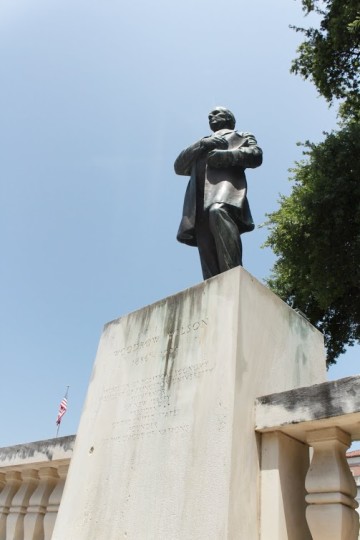
Student government vice-president Rohit Mandalapu, who led vocal opposition to the Davis statue earlier this year, said he was content with the decision.
“Jefferson Davis was the leader of the Confederacy,” Mandalapu said. “He fought so vehemently for the maintenance of slavery and its presence in America, specifically the South. It’s a great gesture that President Fenves was able to consider it, and consider the sentiment of a lot of minority students on campus as well as people that don’t feel that a Confederate statue should be honored.”
The decision comes three days after a 12-person task force convened by Fenves delivered its recommendation and told him that “doing nothing was not a viable option.” The move is a hybrid of the task force’s recommendations, which suggested five options that involved relocating all or at least some of the statues as well as the Littlefield memorial inscription. Only one option involved keeping the statues in place and adding explanatory plaques.
In March, Mandalapu and Xavier Rotnofsky, then candidates for student government, led a successful campaign to get student government to pass a resolution supporting the removal of the Davis statue. Following the June massacre in the Emanuel African Methodist Episcopal church in Charleston, South Carolina, student government leaders launched a June 21 petition, calling for removal of the Davis statue.
A few days later, Fenves appointed Gregory Vincent, vice president for diversity and community engagement, to lead the task force, and 100 to 200 people attended subsequent public forums to gather comments from the community.
Students of color said the statues made them feel unwanted. The statues’ defenders said they honored fallen family members and Texas heritage.
“I think the removal of the Jefferson Davis statue will be controversial only to those people who still believe in the myth of the Confederacy,” said Edwin Dorn, professor at the LBJ School of Public Affairs, following Fenves’ decision. “The myth has to do with the states’ rights argument. The truth, of course, is that Texas and other states seceded in order to preserve slavery and white supremacy.”
The Descendants of Confederate Veterans released a statement Thursday that reiterated their opposition to removing any of the statues.
The vision for the collection of statutes came decades after the Civil War from George W. Littlefield, a seminal figure in UT’s history and a major benefactor in its early days. Littlefield, a cattleman, banker, Confederate officer and university regent, conceived of a monument in which likenesses of Davis, Lee, Johnston, Reagan and Hogg stood on a “massive bronze arch” over the university’s south entrance.
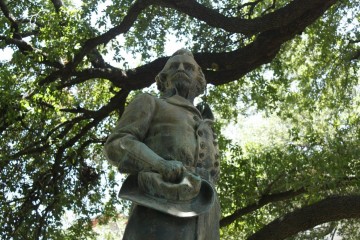
The statue of Virginia native Wilson was added in an effort to show national unity after World War I, but also fit neatly with the goal of honoring Southern nationalism, according to the task force. They added that Wilson was “known for overseeing the resegregation of the federal government.”
In the last three decades, three UT-Austin presidents have considered doing something with the statues as a result of community protests and calls for removing them.
UT-Austin isn’t the only campus in the state with statues of men linked to the Confederacy. A likeness of Lawrence Sullivan Ross, a Confederate Army general and former Texas governor widely known as “Sul Ross,” stands on the Texas A&M University campus along with symbols of other Confederate figures. According to a recent article in The Battalion, students have considered asking the university president to address them.
